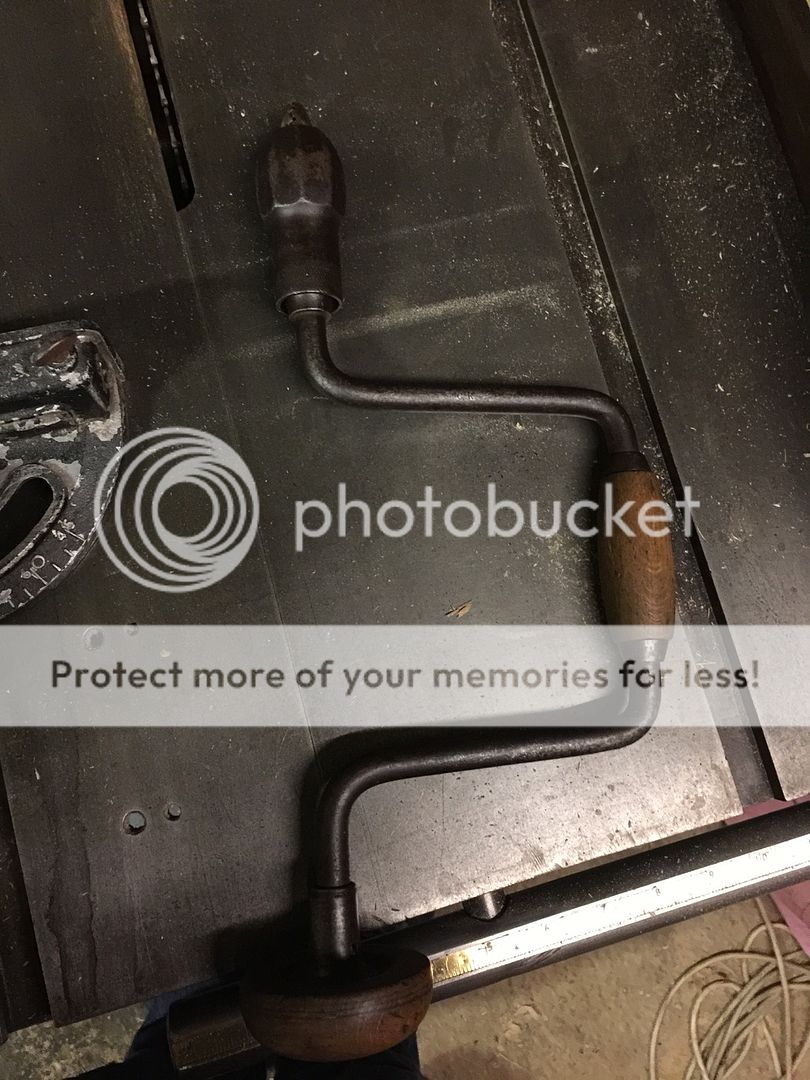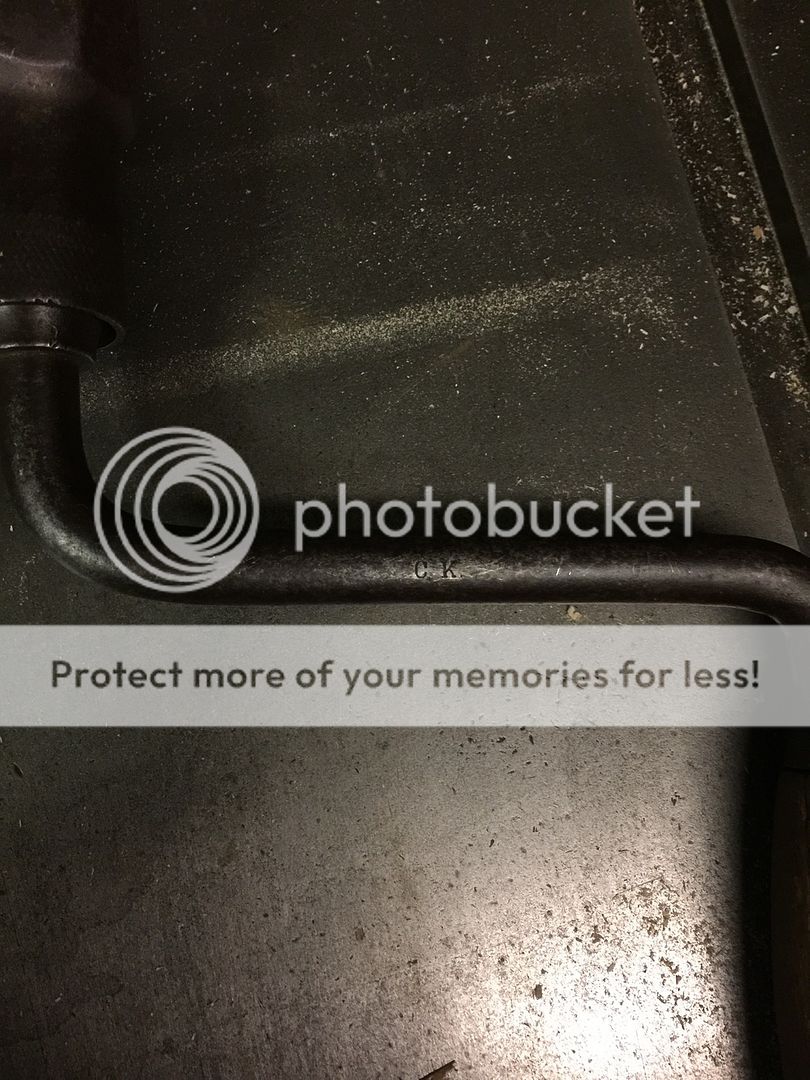Boringgeoff
Established Member
I recently purchased this brace from a friend and I'm trying to find out a bit more about it. It's made of bronze, has a 4 1/2 inch sweep and is what I think was called an Armourers brace. I also think it's British.
It's branded on the side of the chuck, OSLER 1918 with a broad arrow and on the other side the Roman numeral IV.
Any help would be most appreciated.
Cheers,
Geoff
It's branded on the side of the chuck, OSLER 1918 with a broad arrow and on the other side the Roman numeral IV.
Any help would be most appreciated.
Cheers,
Geoff









































